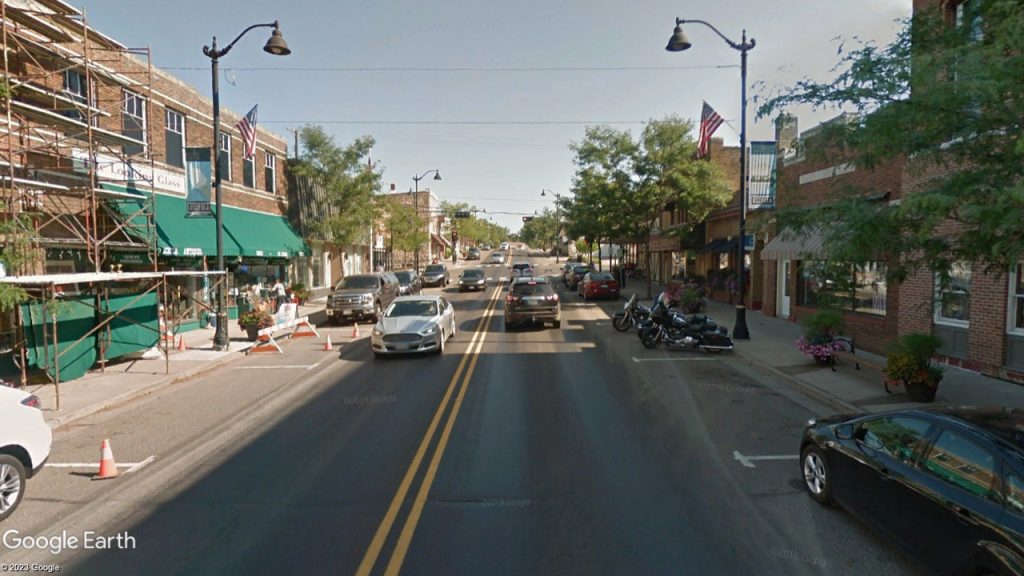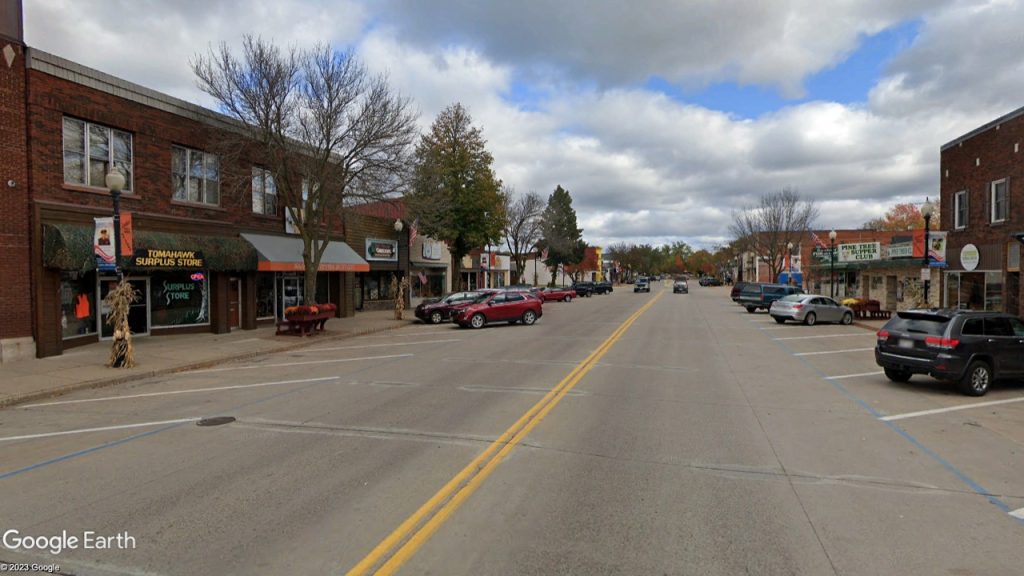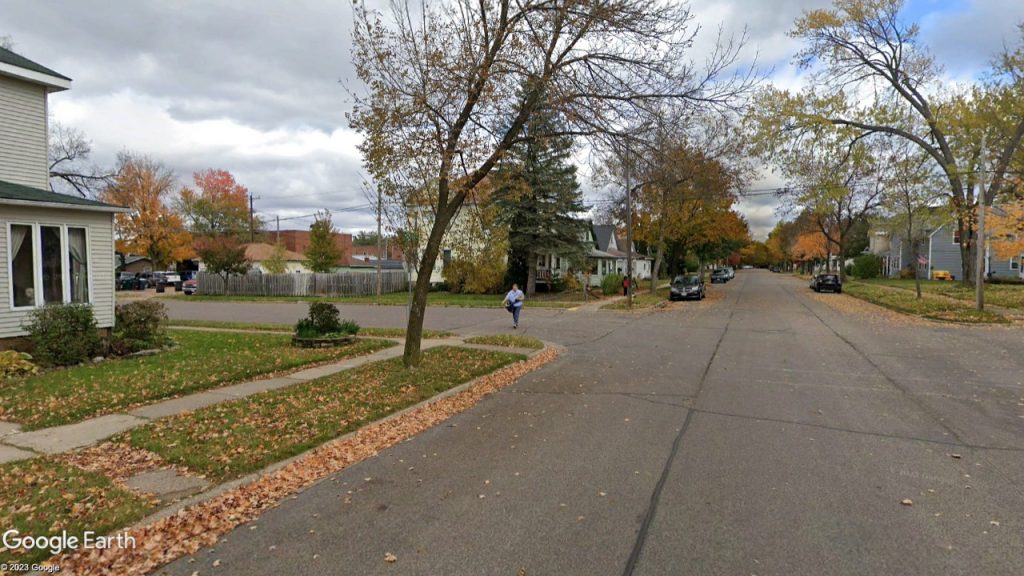In the American imagination, urban places are often those with lots of people and buildings, while rural places are where people are sparse and farmland abounds. The U.S. Census defines these categories with hard numbers. Until now, being an “urban” place meant having at least 2,500 people. In a recent revision, however, this threshold was increased to 5,000, so fewer places now qualify as urban. This change will impact upwards of 40 cities and towns across Wisconsin, which could make them no longer qualify for certain state or federal grants, experts told Wisconsin Public Radio. But more than money is lost with this new classification scheme.
Traditional urban places—regardless of their size—have walkable streets and multi-story buildings, often with apartments and offices above restaurants and shops. The main streets of rural towns often share many of these charming characteristics. However, current zoning regulations in most rural and suburban areas make this pattern virtually impossible to recreate. Instead, they stress standalone buildings on large lots with plenty of parking, connected mainly by roads designed to move car traffic. Applying those standards just because a place is considered rural could undermine everything that makes it attractive and lead to other unintended consequences, like exacerbating the state’s affordable housing crisis.
Early last year, a researcher at Marquette University analyzed walkability across Wisconsin using the popular website, Walk Score. The analysis showed that many smaller towns in rural areas across the state score much higher in terms of walkability than their metropolitan counterparts. Notable examples include Hayward, which scored an exceptional 96 out of 100 points, and a half-dozen others all with scores around 75 or higher—making them “very walkable.”

Until the recent change, Hayward met the Census’ definition of “urban,” even though it fell outside the state’s major metropolitan areas (this explains why the Marquette study counted it as rural). Like Hayward, however, five other places that earn at least 65 points on Walk Score are now deemed rural by the Census: Bloomer, Boscobel, Lancaster, Osceola, and Tomahawk.

Of course, Walk Score isn’t a perfect tool. It mainly counts how many different types of stores, restaurants, and other destinations are in close proximity, and some of those scores have shifted since the Marquette analysis was done. But it does reflect something important that the Census definition does not. Even though these places may be surrounded by agricultural and natural landscapes, they are some of the best examples of Wisconsin’s traditional urban form. They are places where a typical Wisconsin family, young person, or retiree can meet many of their daily needs within a short walk of their home.


It is common in places like Wisconsin to hear of an urban-rural divide, which is often meant to distinguish between the largest metropolitan areas and everywhere else. Definitions like those in the Census reinforce that idea. But traditional urban form is actually something that many communities have in common, regardless of their Census designation. Whether it occurs at the city scale, the neighborhood scale, or block-by-block, urbanism is often what draws people to live, work, and play. To continue doing that, however, it needs to be called out by name, embraced, and allowed to flourish.
While losing the heart of our rural towns might seem to be the inescapable cost of progress, there is an attractive and economically viable alternative. A recent collaboration between CNU and the League of Wisconsin Municipalities produced a guide to zoning reform that reflects the fundamental design principles of Wisconsin’s traditional town and city centers.
By Chris McCahill & Joyce Tang Boyland, CNU Wisconsin Board Members
